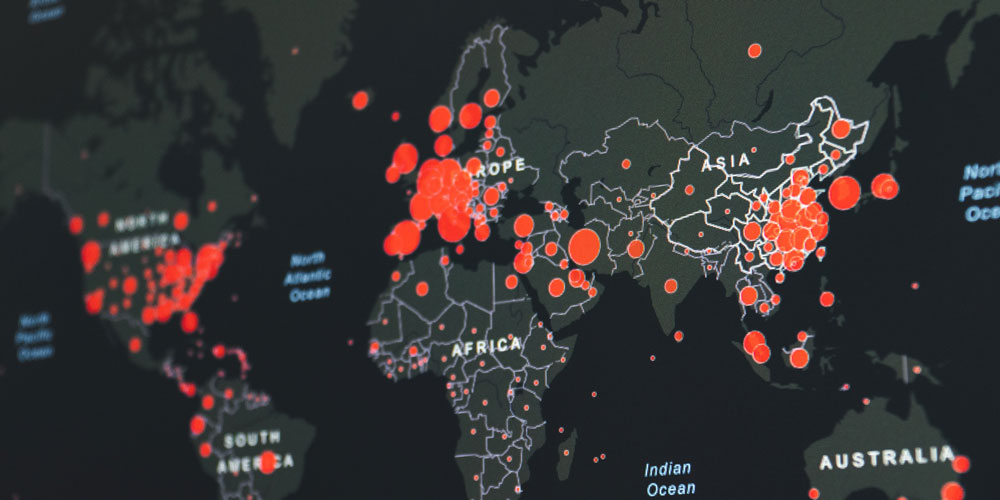In our first two articles in this series, we outlined the Diamond Analysis to connect your supply chain design efficacy to key financials and the top 10 capabilities required to make your supply chain more agile resilient.
As with any list of best practices, the next logical question is: how do we get from here to there?
During their research for “Advancing E2E Agile Resiliency in Supply Chains,” GSCI Fellows Dave Demers and Brian Kolek leveraged 22 supply chain leaders from diverse industries. These leaders served as their think tank, providing a roadmap for how organizations can build a more agile resilient supply chain.
Every organization will take its own path and travel at its own speed. But, with disruptions a more frequent and severe threat to business value creation, there is c-suite support for creating supply chain resiliency. And, as COVID-19 demonstrated, organizations should not wait long to get started.
Below we share a structure for assessing whether your leadership is ready to undertake this process as well as a blueprint for navigating the transformation complexity and customization.
Agile Resiliency Leadership Model
Creating an end-to-end (E2E) agile resilient supply chain requires influence and collaboration outside the traditional supply chain leadership boundaries. An organization in the early stages of E2E collaboration should focus on embedding agility before integrating resiliency.
The cohort of 22 industry leaders Demers and Kolek relied on for their research recognized this. So they made assessing and building leadership capabilities the top priority for creating agile resilient supply chains. To help you both gauge your organization’s preparedness for agile resiliency and develop a model for building the leadership required to implement it, they created these six questions:
- Is there a sense of urgency in your organization to close the performance gaps of the latest disruption?
- Is the C-suite expressing urgent concern regarding supply chain resiliency, including balancing it against agility capabilities?
- Is your organization experiencing workflow constraints that slow disruption response?
- Does your supply chain team have the tools to accelerate disruption response?
- Did your supply chain organization rely on workarounds to respond to COVID-19? Are they sustainable solutions?
- Should agile resiliency response become an enterprise core competency? Does your supply chain team have the tools and partnerships to build it?
There’s no correct answer for determining whether the timing is right for creating an agile resilient supply chain. But your answers will paint a picture of the major barriers your organization faces to agile resilient transformation.
Agile Resiliency Enablement Blueprint
If you’re ready to adopt an agile resilient supply chain design, there are five steps for structuring your organization’s path.
- Undertake a Diamond Analysis on COVID-19’s Impact
Demonstrating the financial implications of disruption will create vital buy-in from your boardroom and shareholders to begin your supply chain agile-resiliency journey. Benchmarking against competitors results in a richer context for value gains and losses. - Identify Lessons Learned from Recent Disruptions
Diagnosing stress points in your workflows and system designs shows your most significant disruption risks. Independencies between stress points reveal the most critical concerns. - Prioritize Agile Resiliency Capabilities Using the 80/20 Rule
Transitioning your supply chain to an agile resiliency design will take over a year. Spend 80% of your resources on improvements that affect core workflows and 20% on aspirational priorities. - Align Stakeholders on Capability Needs, Timing, Milestones and Roadmap
Creating an enablement blueprint that addresses performance outcome goals, identifies capability initiatives, sets milestones, and maps interdependent stakeholder needs isn’t a set-and-forget job. Revisit and revise constantly with feedback from stakeholders. - Create a Leadership Model
This step includes elevating the agile resiliency leadership role to a strategic reporting level, deciding to centralize or decentralize decision authority, gaining senior executive team buy-in, and integrating expectations with interdependent teams.
While the blueprint is straightforward in theory, no organization-wide change is ever simple in practice. Company culture, structure, and reaction to disruptions will be key determinants for your approach to building an E2E agile resilient supply chain design.
The timing is right, though. COVID-19 has revealed that a more measured approach to supply chain design is needed to drive financial returns amid any market dynamic. Research indicates that leaders across multiple industries have recently found ways to succeed during the greatest supply chain disruptions. Learning from example is the only way to prepare your organization for the next big disruption.
Find a full explanation of the Agile Resiliency Enablement Blueprint and expanded responses to our leadership survey in the GSCI white paper, available for free download.
Authors:
David Demers, Fellow, Global Supply Chain Institute, University of Tennessee, Knoxville
Brian Kolek, Fellow, Global Supply Chain Institute, University of Tennessee, Knoxville
